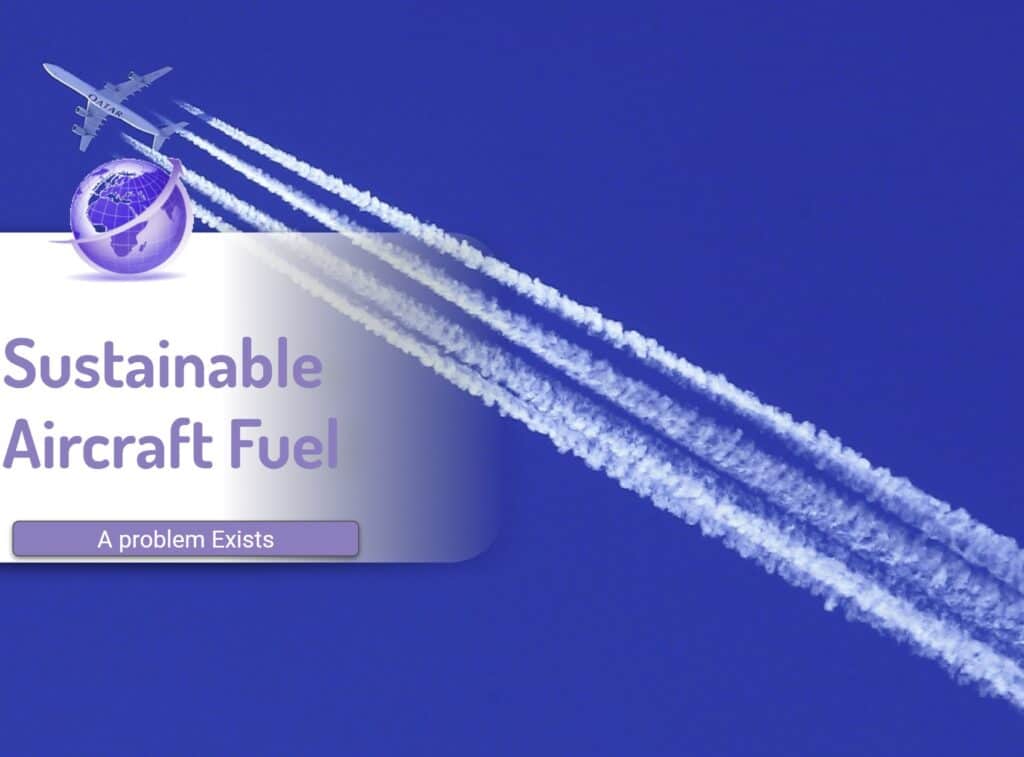In a thought-provoking podcast from CleaningUp, the interview described Joby Aviation’s development of a new civilian electric VTOL (eVTOL) aircraft and the thought is – are eVTOL the end of helicopters? Electric airplanes are here as a small trainer aircraft, but commercial size passenger plans as outlined in Electric aeroplanes are here and here. VTOL were previously mentioned by both Joby and Archer have electric VTOL

Bryony Interviewed Bonny Simi, President of Operations at Joby Aviation, where she’s working on bringing to market a new eVTOL. As explained in the interview, the path to a new aircraft type is expensive and slow to market.
The idea of vertical flight has been around for thousands of years, and sketches for a VTOL (helicopter) show up in Leonardo da Vinci’s sketch book. Manned VTOL aircraft, in the form of primitive helicopters, first flew in 1907, but would take until after World War Two to be perfected (Wikipedia). See also helicopters which rise vertically.
Reducing emissions in the aviation is not just fuel emissions but contrails as well. Multiple paths in this hard-to-abate sector include
- Electric planes using batteries
- Using low emissions fuel
- Using hydrogen as a fuel
Aviation accounts for 2% of global energy-related CO2 emissions and grown faster in recent decades than rail, road or shipping. Aviation emissions in 2022 reached almost 800 Mt CO2, about 80% of the pre-pandemic level.
Key Components for eVTOL
- Helicopters and VTOL mostly focus on the short <100 mile (150km) sector
- Have all air regulations.
- Key issues are noise and emissions.
- EVTOL has the following features
- Vertical takeoff functionality (even off tall buildings)
- Designed with safety – redundancy
- Lack of noise.
- No jet fuel needed at heliports or airports.
- Distance of 100 miles (160km) (with reserves) is enabled by wings
- Large majority will be 10 to 20 minutes across a city. Eg London south to Norther
- Urban transport
- Pilot Plus 4 passengers and cost-effective
- Battery density is currently 280Wh/kg (so improvements will extend range and weight)
- 6 engines and 6 batteries, no single point of failure
- Fit into existing ecosystems, VRF, and will be instrument class.
- Propellors turn slowly so low noise.
- Safe quiet and fast
Joby Aviation
- Founder JoeBen Bevirt
- Funders JetBlue, Toyota, ANA, SK Telecom from South Korean
- 1 billion cash in bank, burning cash at $100m per quarter
- Progression through certifying to manufacture and then onto operations.
- Planning to produce 20 initially up to 500 per year
- Signed with UAE for taxi service
- Signed with UBER for Southern California
- New York taxi Prog
- Manufacturing with Toyota Aircraft
- Near term, replacing helicopters in that size and use
Archer
Archer is similar to Joby and will launch in 2025. Their route to commercialisation was via a SPAC, not a Venture Capital raise. See comparison table below for more details. In June 2024, Archer reported their 2nd transition flight. A transition flight occurs when the aircraft takes off vertically like a helicopter, accelerates forward, transitions from thrust-borne to wing-borne flight like an airplane with tilt propellers forward before decelerating and landing vertically. Their Midnight aircraft successfully completed transition flying at a speed of 100+ mph. Archer has now achieved transition with two different full-scale eVTOL aircraft. Transition is well known in the industry as a very difficult milestone few companies have reached. At ~3 tonne (6,500 lb), Midnight is believed to be one of the largest eVTOL aircraft to complete transition, which is critical to being able to carry commercially viable passenger payloads. [6]
Comparison & Similarity
| Feature | Joby Aviation | Acher |
|---|---|---|
| Funding type | Venture Capital and Partners | SPAC Listing. Ark Invest, United |
| Funds left | $1b | $625m |
| Market Value (Yahoo Finance) | $3.48 | $1.38b (Yahoo Finance) |
| Stage | Preproduction | Flying 2025 |
| Battery Details | 280Wh/km | 142kWh 6 battery packs |
| Manufacturing partner | Toyota Dayton Ohio 20 pa, scaling to 500 pa | Stellantis |
| Range | 100 miles (160km) plus reserve | 50-70 miles |
| Max Speed | 200 mph | |
| Charge Time | 10 mins | |
| Engines | 6 | 12 |
| Airports | New York JFK to Downtown Sth California | Chicago Newark to Manhattan 10 minutes UAE, India |

H2 Fly
A subsidiary operates in Germany to use hydrogen.

References and More Reading
- A Magnificent Woman And Her Flying Machines – Ep156: Bonny Simi Podcast Cleaning Up https://cleaningup.live
- Joby Aviation YouTube Channels https://www.youtube.com/@JobyAviation
- VTOL Aircraft https://en.wikipedia.org/wiki/VTOL
- H2Fly Breaking the Hydrogen Barrier https://www.h2fly.de/
- Flying cars are landing in 2025 Archer Aviation https://archer.com/technologies
- Archer Completes Midnight’s Transition Flight https://cleantechnica.com/2024/06/13/archer-completes-midnights-transition-flight-video/
Update 2025 – The End of E-VTol
In a scathing review of E-VTol in January 2025, Michael Barnard shows that for all the hype, the business cases do not stack-up. Things that kill the idea.
- Noise in cities
- Down drafts
- Poor business cases
- Certification
The inevitable is occurring in the dead end space of Jetsons urban air mobility fantasies. Two more origami rotorcraft have left the vertiport for the great airplane graveyard in the sky as Volocopter disappears and Airbus drops its program.
Michael Barnard Dwindling List Of EVTOL Firms Shrinks Further
https://cleantechnica.com/2025/01/27/dwindling-list-of-evtol-firms-shrinks-further/





